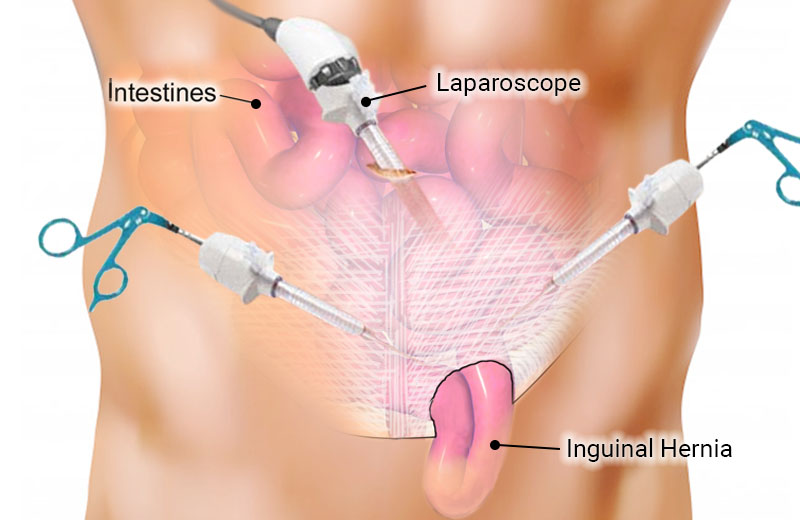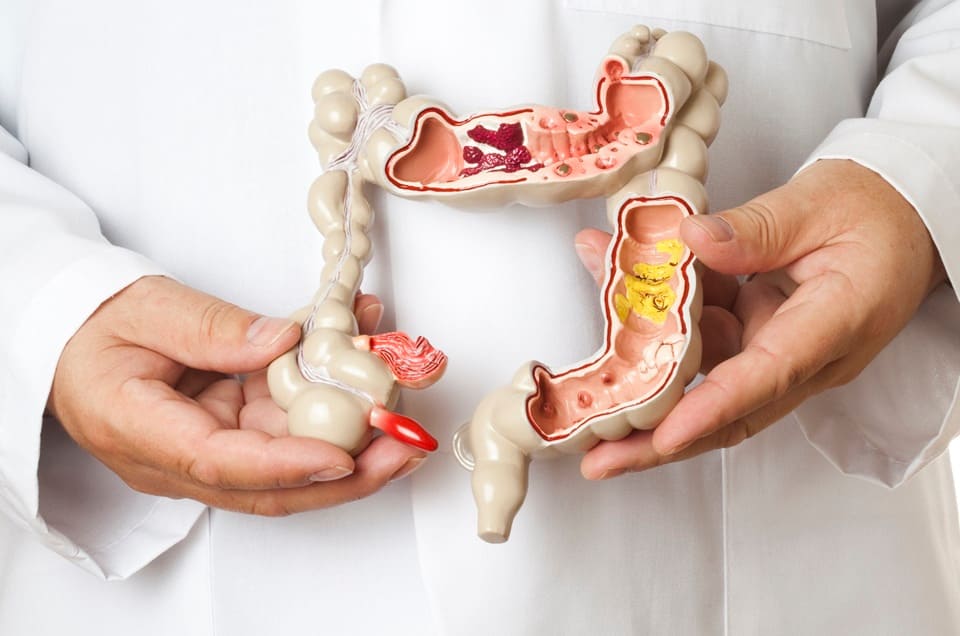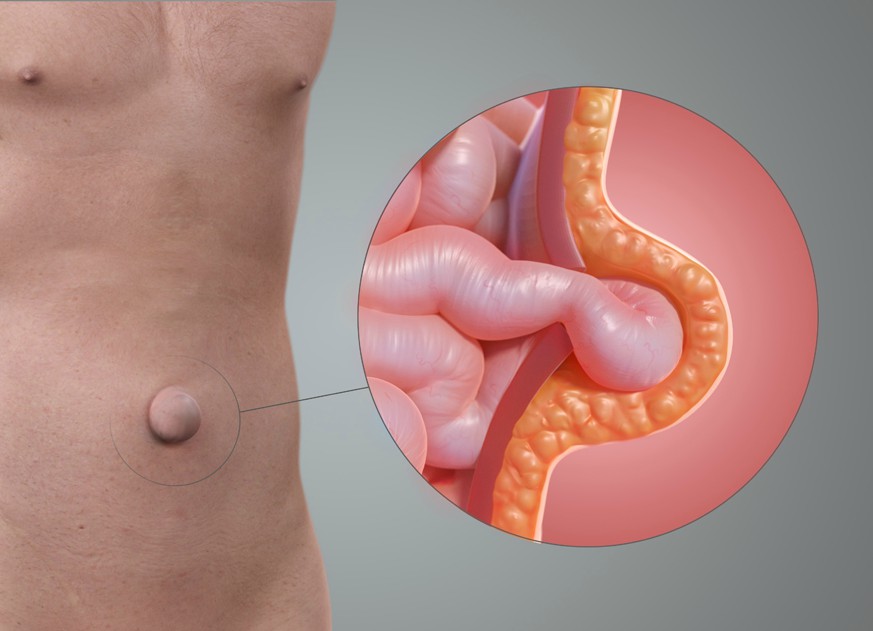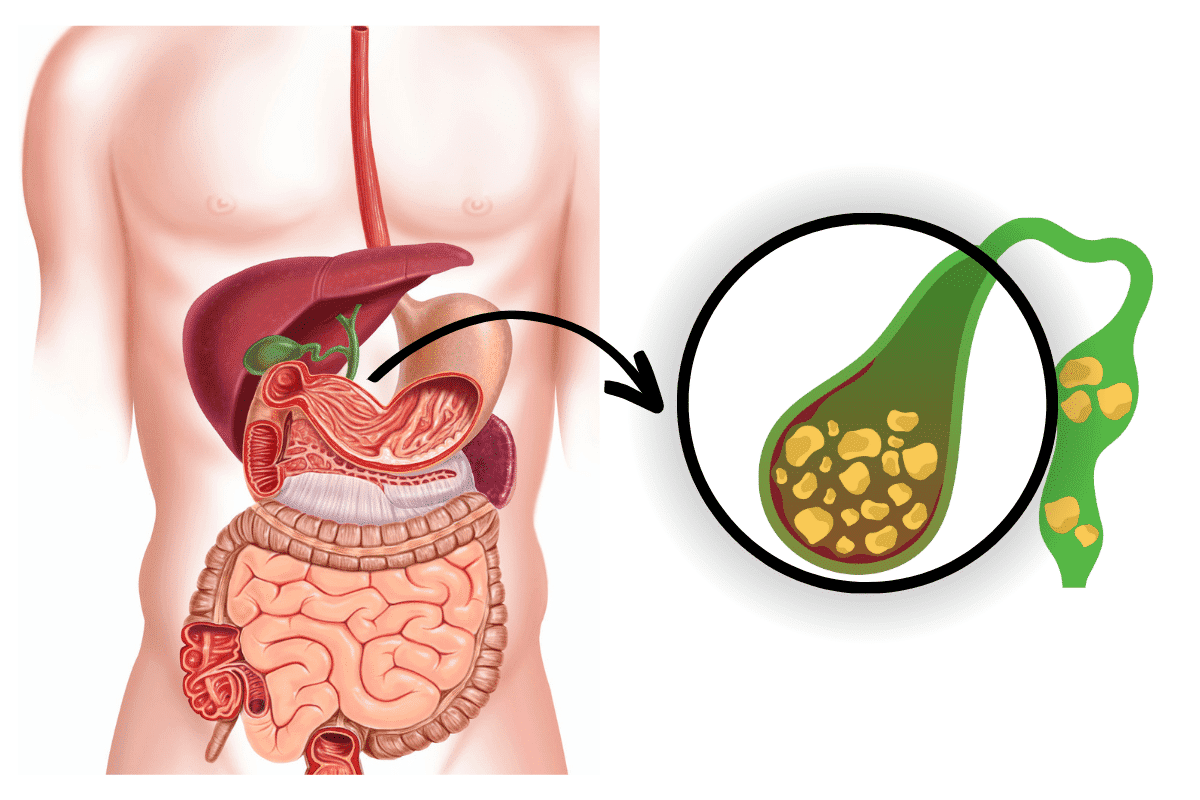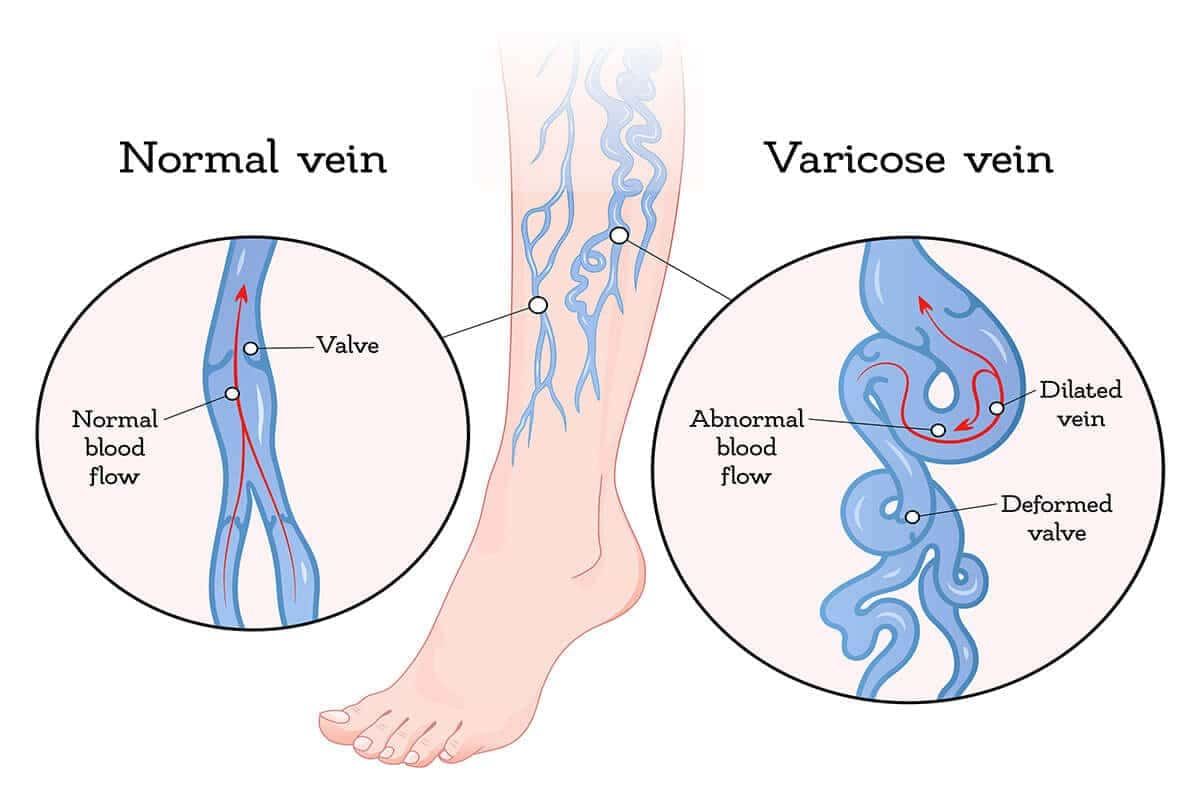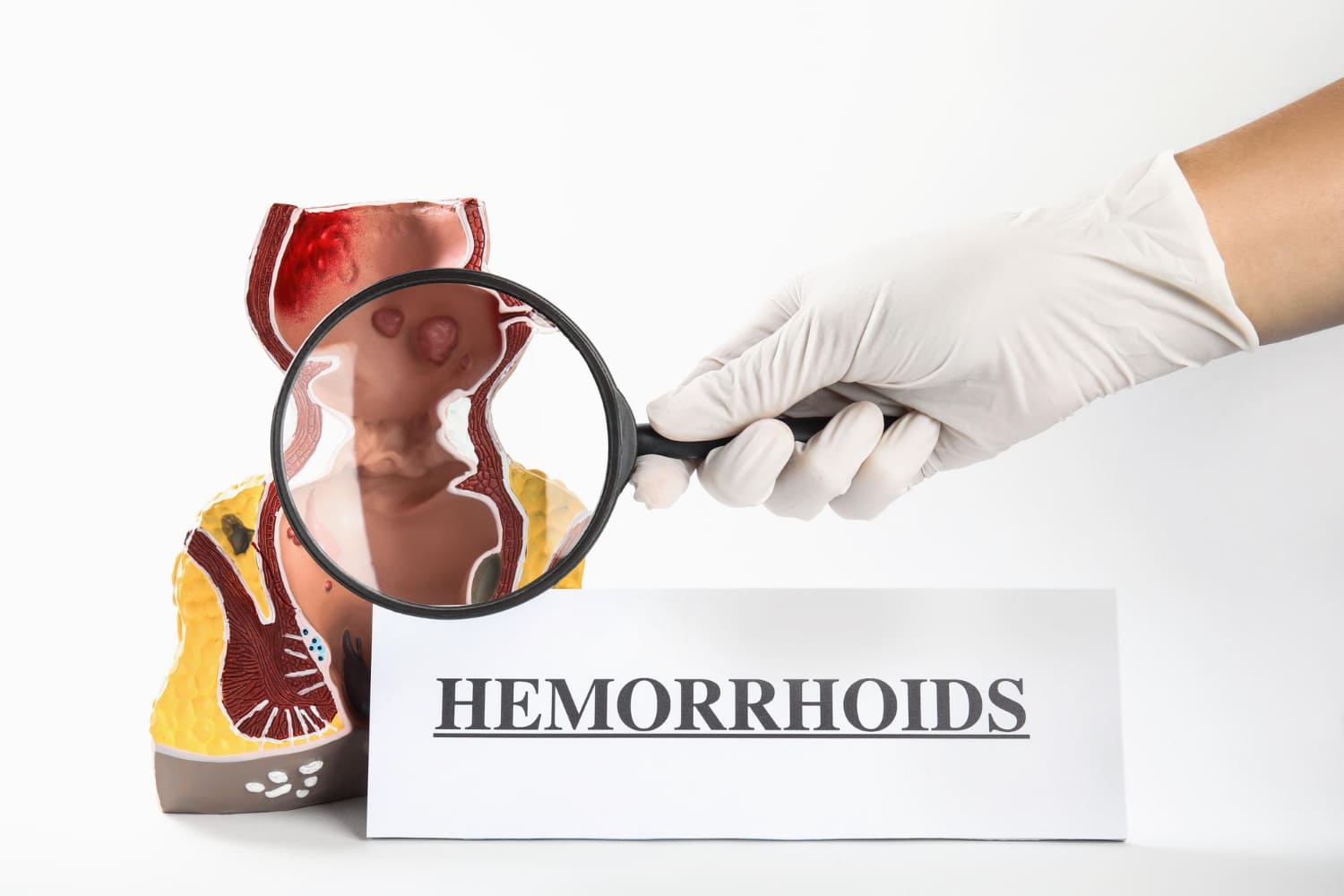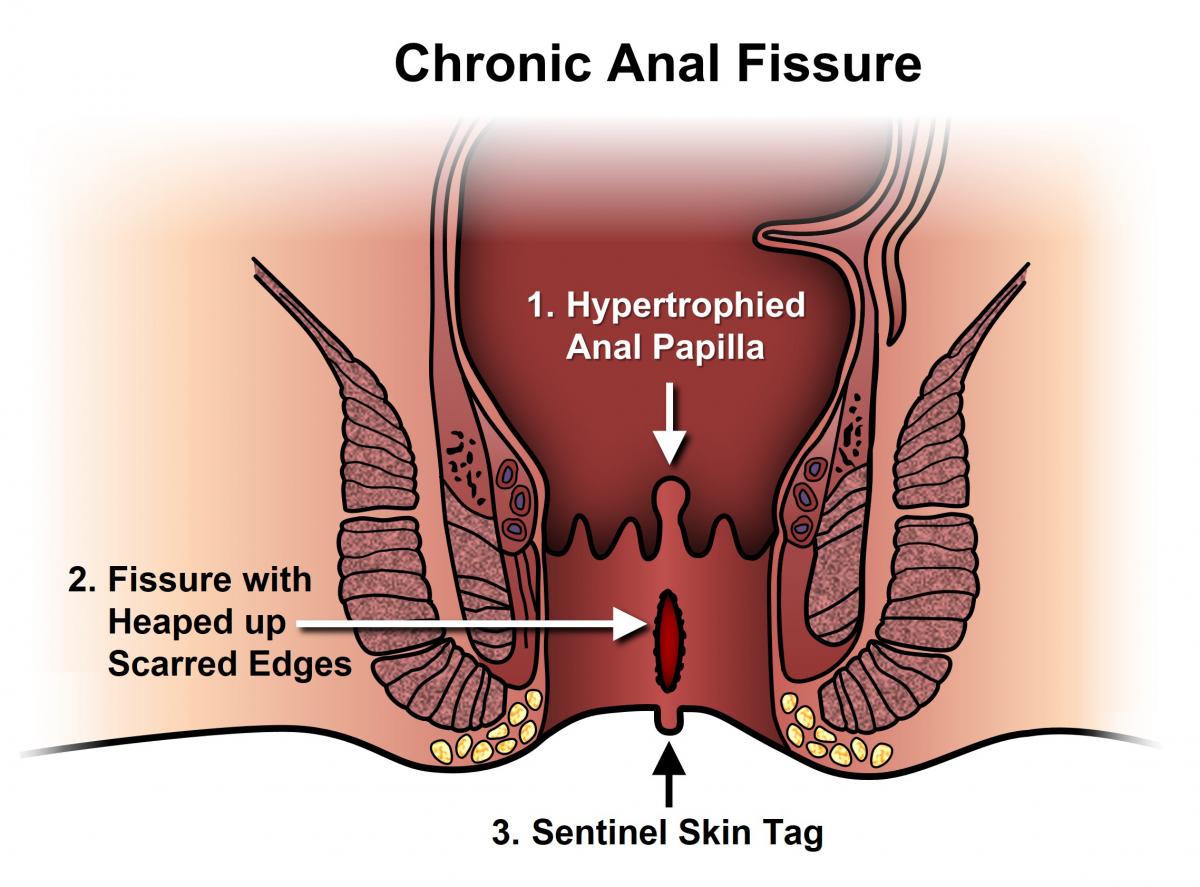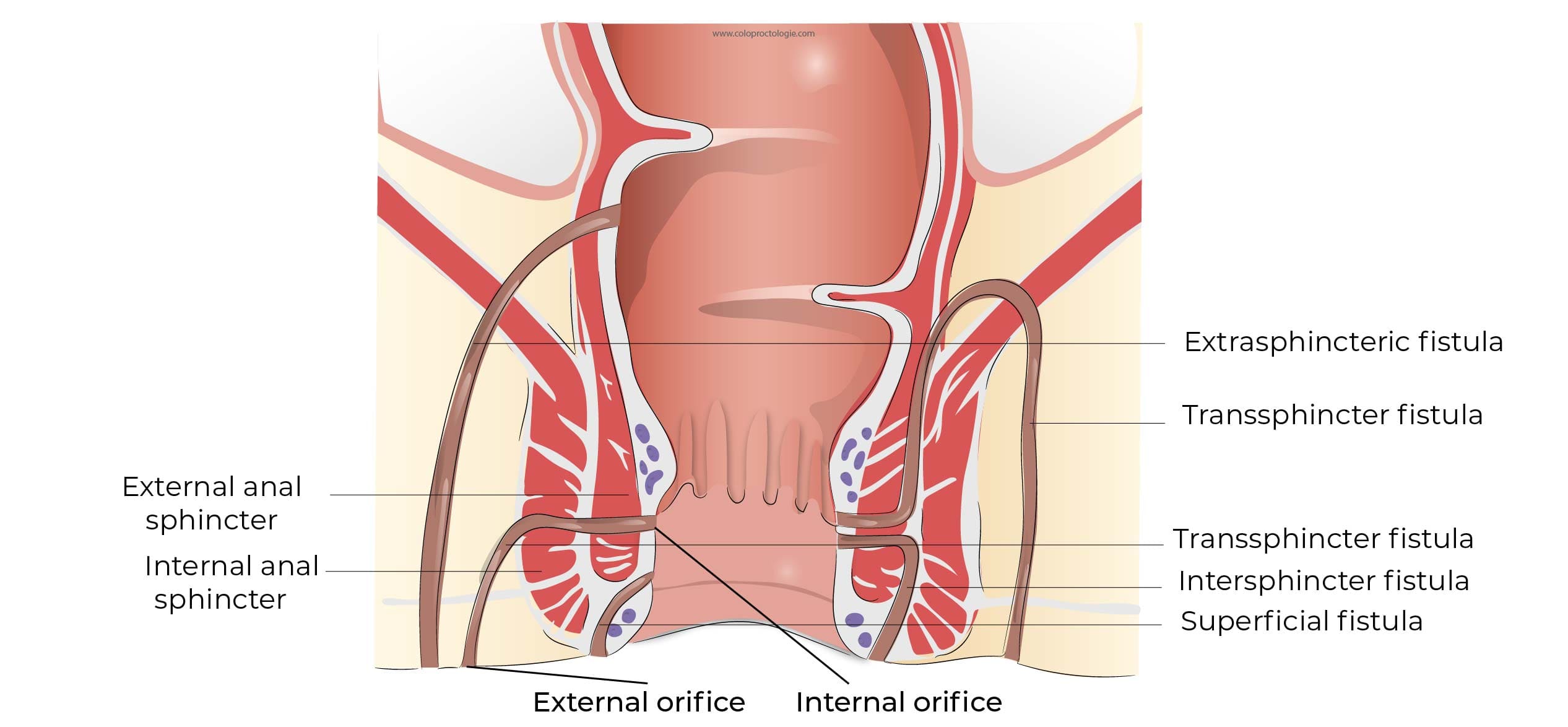
Appendicitis Laparoscopic Surgery
Chronic or acute appendicitis can affect people of all age groups. Get rid of the constant pain in the right side of the abdomen through a painless procedure.
What is Appendectomy?
Appendectomy or appendix removal Operation is the procedure to remove an inflamed or infected appendix. This procedure is usually recommended in cases of acute appendicitis where the condition advances rapidly. In cases of acute appendicitis, there is a higher risk of the appendix bursting on its own. If the appendix bursts, the infection may spread to the entire body, which can be fatal. Thus, timely treatment is critical in the case of acute appendicitis. In chronic appendicitis, surgical treatment is elective as the pain is not severe, and the chances of other complications are also minimal.
What happens if appendicitis is left untreated?
If appendicitis is left untreated, infected bacteria that are stored inside the appendix cause inflammation and cut off blood supply, leading to the development of a hole or tear in the dead wall. As pressure builds up due to the blockage, it results in the bursting of the appendix. This can cause the bacteria and pus to flow into the abdominal cavity that holds the liver, stomach, and intestines. This is considered a medical emergency as it can lead to severe and life-threatening complications.
Types of Appendix Operation (Appendicitis Surgery)
Open Appendectomy
This is one of the surgical procedures carried out to remove an appendix where the surgeon makes a single, large cut/incision of about 5-10 centimeters in the lower-right abdominal area. The appendix is completely removed, and the wound is closed using stitches.
Laparoscopic Appendectomy
This is considered an advanced procedure compared to the conventional method of appendix removal surgery. In this method, the surgeon makes two or three tiny incisions in your abdomen rather than a single large cut and inserts a laparoscope – a thin tube with a camera and light attached to it, which allows them to view the inside of your abdomen. The appendix is tied and closed using sutures or surgical tape and covered with a dressing.
What happens in Appendicitis Treatment?
Appendicitis Diagnosis
If you are suffering from any of the signs and symptoms of an inflamed appendix or appendicitis and visit a doctor, the doctor will carry out a diagnosis in the following ways:
- The doctor will review your symptoms and go through your medical history to rule out the possibility of other health problems.
- You might be asked to pinpoint the area where you feel the pain. Based on that, the doctor might physically check for tenderness, possible percussions, and rebound pain.
- Depending upon your conditions, the doctor might recommend you to go through a blood test and urinalysis, which will eliminate the possibility of other complications.
Based on the analysis made by the doctor and the readings of the above-mentioned medical evaluations, you might be required to go through imagery tests such as x-ray, CT-scan, MRI scans, and ultrasound.
Appendectomy Procedure
- You will be put under the influence of general anesthesia, which will help in easing the pain and discomfort during the Appendicitis Laparoscopic Surgery.
- Small incisions will be made around your abdominal area, through which the doctor will remove your appendix.
- The surgeon will inflate the areas of your abdomen using harmless CO2 gas by inserting a cannula in order to have a distinctive view of the appendix.
- Through one of the incisions, a medical device called a laparoscope (a thin lighted tube attached to a camera) will be inserted, which would allow the doctor to see your internal structures and guide the instruments.
- Once your appendix has been spotted, the surgeon will use surgical instruments to separate it from the intestine and close the ends with staples.
- After your appendix is removed, the laparoscope and other surgical instruments will be removed.
- The incisions will then be closed with sutures, followed by skin glue or skin closure tapes.
The surgeon might switch to an open appendectomy in case your appendix cannot be removed laparoscopically, which might happen due to the following reasons:
- Extensive infection or abscess
- Perforated appendix
- Obesity
- Dense scar tissue from previous Appendicitis Laparoscopic Surgery
- Bleeding problems during the operation
- Difficulty in viewing the organs using a laparoscope
How to prepare for an appendectomy?
- Almost like every other surgical procedure, you will have to refrain from consuming anything for at least 8 hours before the Appendicitis Laparoscopic Surgery. An empty stomach would make it easier for the doctor to have a clear view inside your abdominal cavity, ensuring a safe and effective treatment.
- It is important to consult your doctor if you are going through any medications, and the doctor can accordingly assist you in how the medicines should be taken before and after the Appendicitis Laparoscopic Surgery.
- You will have to avoid taking certain drugs like aspirin, blood thinners, vitamin E, and arthritis medicines prior to a week before the Appendicitis Laparoscopic Surgery.
- If you have a history of bleeding disorders or are allergic to anesthesia, it would be a wise decision to let your doctor know about it before going for Appendicitis Laparoscopic Surgery.
- Upon reaching the hospital, you might be required to go through certain medical evaluations like blood tests, chest x-rays, and other tests in order to eliminate any potential complications during the surgery.
- If you plan on taking a shower, you should make sure that you take it before going for the surgery, as doctors recommend keeping the surgical area dry after the operation, which helps to avoid infections and other complications in the wounded area after the Appendicitis Laparoscopic Surgery.
What to expect after an appendectomy?
After the appendix operation, you can expect slight pain, discomfort, and disorientation until the effects of anesthesia completely wear off.
Once the anesthesia wears off and your blood pressure, breathing, and pulse rate are stable, you will be moved to the recovery room. Depending upon your overall physical condition and the procedure of the treatment, you will be prepared for a discharge from the hospital.
You will be advised to keep the surgical area dry and clean for the next few days to avoid possible infections in the wound.
During the first few days after undergoing an appendectomy, you may feel moderate pain in the areas surrounding your abdomen, and the doctor will accordingly prescribe antibiotics to deal with the pain and prevent any further infections.
Benefits of Appendicitis Laparoscopic Surgery
Patients and doctors prefer Appendicitis Laparoscopic Surgery because it has the following advantages over open surgery-
- Instead of 1 large incision, the laparoscopic technique involves making 1 to 3 keyhole-sized incisions that are comparatively smaller. Thus, the damage inflicted on the skin tissues becomes significantly less.
- As the size of the incisions is small, there are fewer chances of bleeding or infection during and after the Appendicitis Laparoscopic Surgery.
- Again due to the small size of the incision, the post-op pain is minimal.
- The patient recovers quickly as the tiny incisions will heal faster than a large incision.
- With laparoscopic appendectomy, the patient gets discharged from the hospital on the same day.
- There will be fewer restrictions on physical activities after having a laparoscopic appendectomy.


